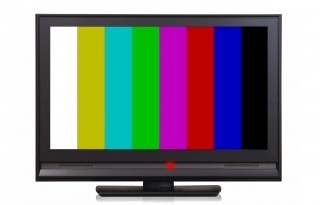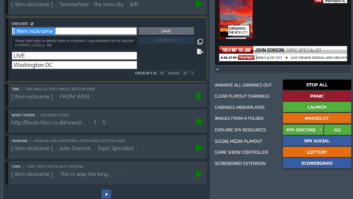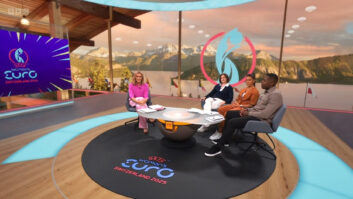
The European Broadcasting Union (EBU) has been using the strapline, “Your Reference in Media Technology”, for a number of years now. It refers to the important work undertaken to set radio and television standards which help guarantee a quality service. Over the years, the EBU has pioneered and published many technical specifications and recommendations, ranging from the EBU colour primaries, timecode and audio loudness through to video safe areas and measurement guidelines.
The EBU has literally set ‘reference’ practices for the media industry. But no matter how well grounded, technical work sometimes needs a revision. In the past year, two fundamental EBU Recommendations were updated.
Safe areas made simple
In the days when the only screen shape was a 4:3 rectangle, life was pretty simple. Now we have to cope with 16:9, 4:3 and the requirement for compatibility and protection for action and captions, with consumer displays that have ‘overscan’ and ‘pixel mapping’ as well as regulators that want to protect the audience’s enjoyment of the programme.
To ease the transition from 4:3 to 16:9, some countries decided to protect programmes by using the 14:9 aspect ratio as a middle ground. A noble initiative, which resulted in a legacy of programmes that are not 4:3 or 16:9. This was all defined in EBU Recommendation 095, which was valid and used for more than 15 years; before both the 14:9 legacy and the old CRT requirements were removed. The recommendation has now been simplified and updated in line with other standards bodies and it includes both UHD resolutions.
Colour errors made simple
In June of this year, the EBU updated another of its well-known recommendations: EBU R 103. Since its publication in 2000, this specification has been the reference for the tolerances allowed before video signal levels are deemed ‘illegal’ or ‘out of gamut’! The original version was born in the days of analogue processing, when measurements were performed with analogue waveform monitors.
The new version 2.0 removes most of the ‘traces’ from that period. Numerical ranges are now defined for 8, 10, 12 and 16 bit video systems. The EBU expects to update EBU R 103 again when new HDR and colour standards are published.
Both updates take advantage of more tolerant digital processing and experience gained over the years. They demonstrate the ongoing commitment of the EBU to keep its specifications up to date so the quality of programmes can be guaranteed. This commitment to quality is probably best reflected in the EBU catalogue of quality control checks: EBU.IO/QC, which of course includes references to the latest EBU R 095 and
EBU R 103.







